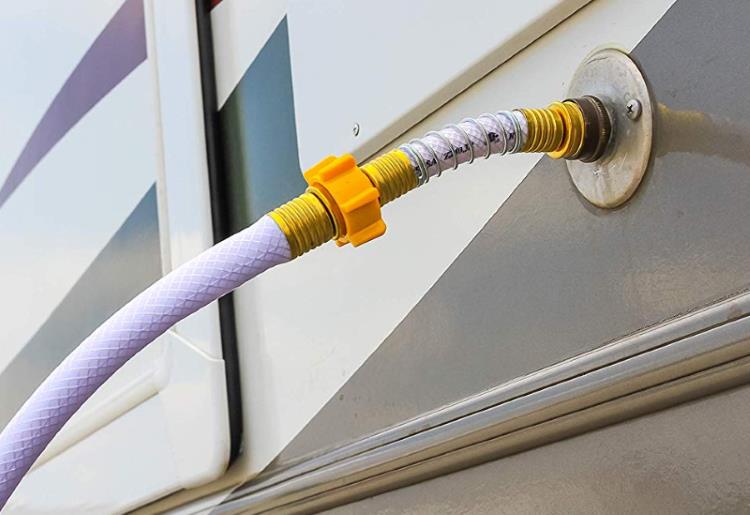Blog
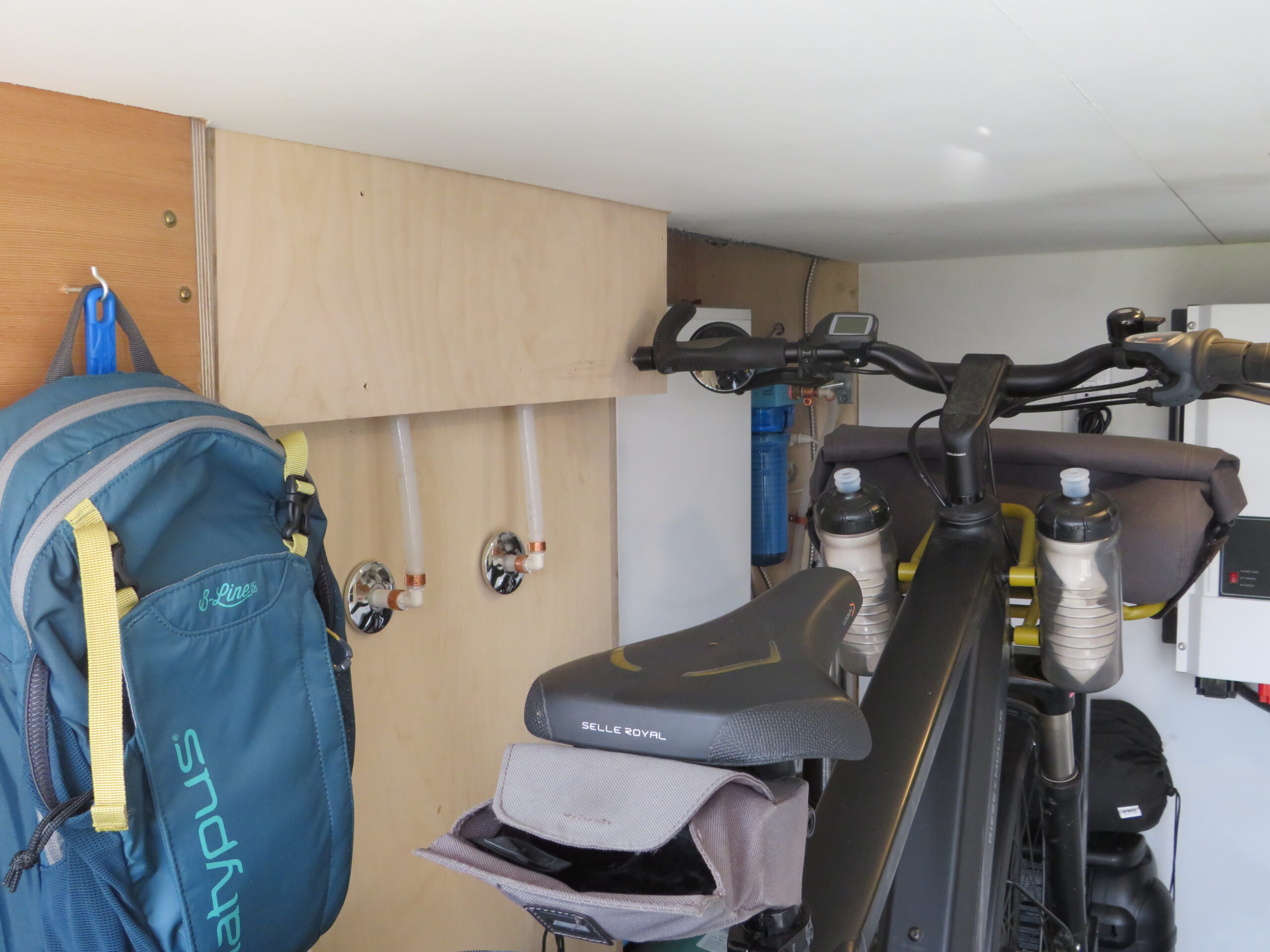
9 Ways to Get Water into Your Tiny House
If you own or thinking about owning a small house, then you should be thinking about ways to get water into your tiny home. You might be thinking about living in an environmentally-friendly tiny house, but you’ll need water, electricity, gas, etc. to survive right? Otherwise, you would’ve lived in a cave or camped in the middle of a swamp :).
A tiny home will mostly get along nicely with off-grid utility supplies because that’s the option you’re left with when there’s no public water line in your tiny home.
Ultimately, your water system – whether it’s a water storage tank or from a well, will depend on the size of the tiny home, and where you decide to set-up your abode.
Let’s explore those nine ways to ensure a regular off-grid (no sewer system) or on-grid water supply into your tiny house.
1. Tiny House Plumbing System
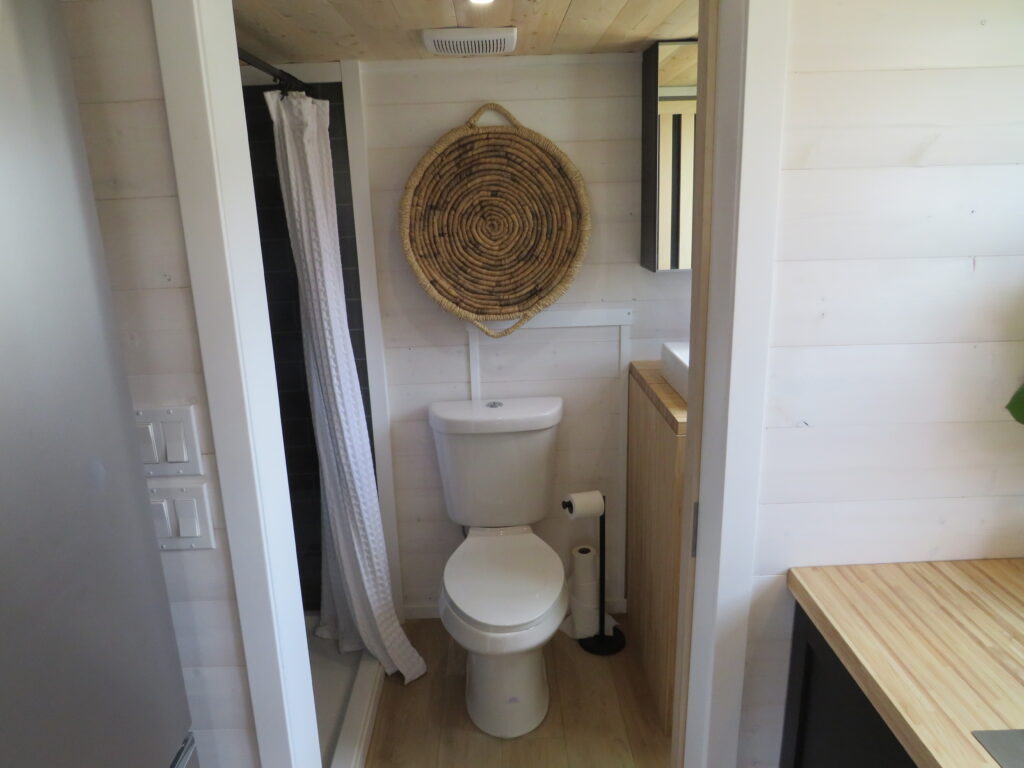
Doing the plumbing in your tiny house could be arduous and somewhat expensive, considering the low-key lifestyle you’re opting to take on. Getting a tiny house plumbing system installed during the building of the house will also save you future hassles if you’re planning to stay in it for the long term.
Moreover, tiny house plumbing will enable you to receive water from the on-grid water supply and get the things that require water done effortlessly.
You may skip your tiny house plumbing option if you simply want to live in the house temporarily.
Nonetheless, plumbing in your tiny home may cause you hardship. But it allows the cost to stay within a limit, as it does for regular-size houses since trenchless sewer repairs save time and money.
2. Reserving Rainwater
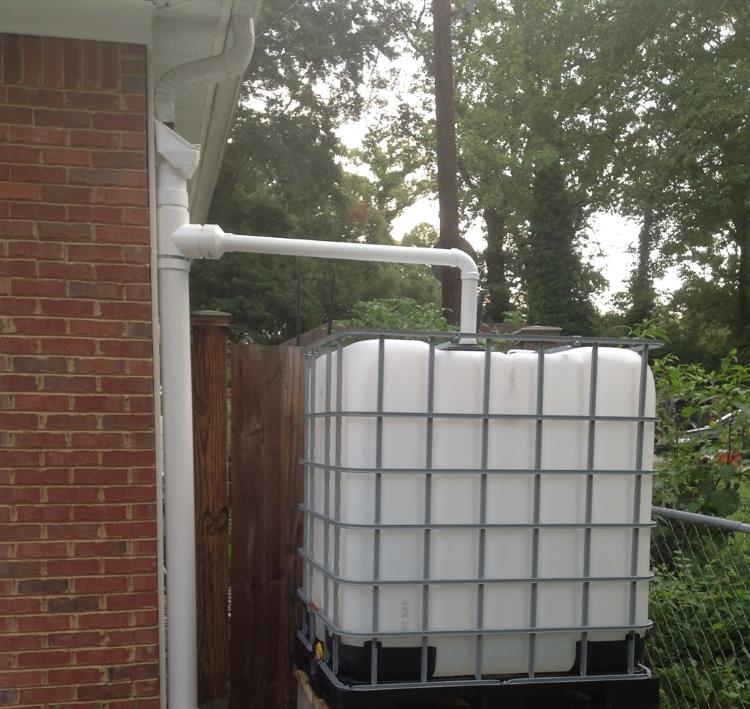
As you’re downsizing your house as well as your lifestyle, collecting rainwater and reserving it properly can work as a wonderful water source.
Although it depends a lot on the zone where you’ve established your tiny house, or the area you’re moving through on your wheeled tiny home, learning how to collect and preserve rainwater will save you a lot of trouble and money.
Solar panels are used to absorb the power of the sun, you’ll have to use some means to allow the rainwater to fall somewhere while draining into a storage system. These water storage could be large buckets, plastic jugs, glass jars or plastic tanks, etc.
Don’t forget to cover the reserved rainwater with clean lids, clothes, or oilcloths, so dust or germs don’t get into them.
Also, remember, the less acidic the rainwater is, the easier it is to preserve and less work you need to do to ensure it’s drinkable.
3. Digging a Well or Spring
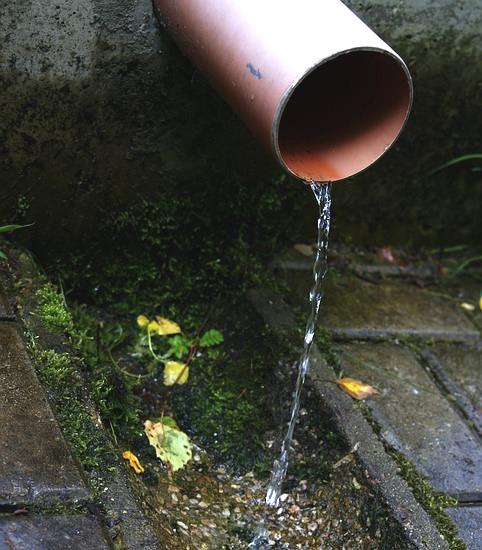
Another natural and off-grid water supply can be a well or spring near your tiny house. The best part of this is that spring or well water doesn’t have to go through a filtration system, especially if the well is deep enough.
Wells and springs contain rainwater which is clean, unlike the waste or blackwater that may run through sewer lines.
If you’re planning to stay in one place for a long time, digging a well or spring could prove to be a smart move to have clean drinking water for you and your family members.
However, there’s two challenge. You’ll have to draw and collect water from the spring every single day to meet your daily water necessity, including drinking, washing, bathing, etc., which can be a big hassle.
To get this hurdle off your way, you can connect a water pump to the well while drawing water from it through a water hose. The water hose will channel the water into your water tank, making it much easier for you to get it through the faucets.
You will also need to potentially firm up the wheel and insulate it from pests, growth and containments.
4. Water Pump and Strainer
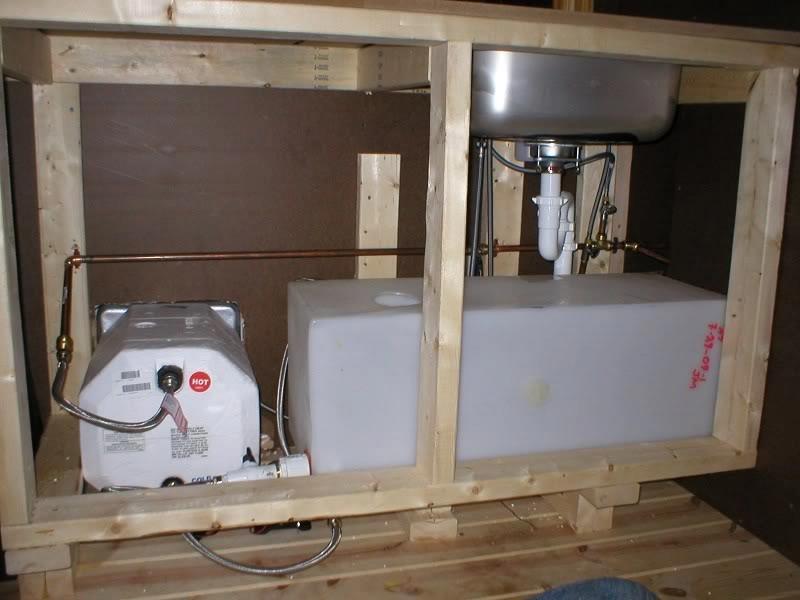
If you’re not planning to hook up to a public water supply for your tiny house, setting a water pump with a strainer could work well for you and your family. You’ll need a water tank to collect the water that will flow in from the deep ground through the pump.
Although it might be a problem partitioning space for a tank in or out of your tiny house, managing to accommodate one will save you the time and hassle of manual labor.
Make sure you’re allowing a freshwater supply into your tiny house by straining the sediment or dirt away while pumping up water from the ground. Overall, this might be an amazing solution as long as you’re planning to continue an off-grid water supply into your tiny home.
5. Joining Hookup and Groundwater
Hooking up to the city water will relieve a lot of your worries as you’ll be continuously feeding your tiny home the amount of water you require daily.
However, a brighter idea is to have a hybrid system where you can keep both off and on-grid water supply active within your small house. In this system, you’ll have two separate water valves; one for the freshwater supply while the other for the city water from RV (recreational vehicle) park amenities.
Having separate water valves won’t hamper the water supply from RV parks and gr
ound. This ensures a smooth drawing of water from both the ground and RV park while not allowing an overflow of water into your water tank.
Having a water heater tank in your tiny house could also be a good plan as you’ll often require hot water to make tea, milk, meals, etc. However, you’ll have to consider the space it might take. Moreover, you can install a tankless water heater to save space.
6. Manual Filling of Water Tank
Tiny home tanks need to be fed with water regularly especially if there’s no pump installed. This will be more applicable to you if you’re more into camping or traveling from one place to another on your mobile tiny house.
You may keep water containers, so you can fetch clean water from nearby sources and fill the tank set within your tiny house.
The amount and frequency of filling the tank will depend on the number of people living in that house, the time you’re staying at one place, and the daily usage.
On that note, make a calculation by keenly observing how many gallons of water you require to fulfill your daily necessities. This will give you a timeline and schedule for fetching water with containers while reducing the amount of labor or energy that you need to expend significantly.
7. Sharing Water with a Neighbor
Another water hookup you can come up with is to share the water supply with your neighbor.
Let’s say you live in your tiny house within a friendly neighborhood where you can get a friendly homeowner to agree to share their water supply with you. All you have to do is connect your tiny house to their water supply through a pipe and you will get an ample supply of water.
This could prove to be very effective since you won’t have to bother about installing a separate pump and strainer to fill your water tank with clean water.
However, both you and your neighbor should be transparent about the utility bills. Since you aren’t directly connected to the public water supply, yet sharing the water, your neighbor will receive bills for excessive monthly water usage.
Hence, you must come to a settlement with that good neighbor of yours about sharing the monthly bills.
8. Using Greywater
This might sound a bit ancient and squirmish, but collecting greywater can come in very handy in washing and cleaning certain things in your tiny house.
You have to keep a small tank, jar, or carrier in the shower or under the kitchen sink, bathtub, washing machine, etc. As the carrier is filled with enough wastewater, you may use it for various non-edible tasks, such as cleaning a standard toilet, watering the plants, etc.
If you want to recycle greywater, consider installing a filtration system. This will engage a power system to run the water filter machine. However, consider if its expense is worth it at the end of the day.
9. Getting Water Delivery
It’s very much possible that you aren’t able to get your tiny house equipped with the machines and tanks necessary to meet your water requirements. However, you can avail of water delivery which is in demand because of the rise in the number of tiny houses.
It’s a process where you simply need to pay for the amount of water brought and filled into your water tank. The water supplier will ask you beforehand how much water you require. Here, you must have a close estimation of the required quantity of water.
We’ll suggest that you install a large water tank, so you don’t run out of water multiple times in a month. This will spare you the need to wait for supplies while saving you the cost of repetitive deliveries.
Conclusion
The bottom line is that you’ll need a regular water supply no matter where you live.
Even leading an off-grid lifestyle in a tiny house will require enough water unless, say, you want to live an extremely off-the-grid lifestyle and have amenities such as a composting toilet for your natural disposal of waste or a propane refrigerator.
Hence, we hope that you can use the nine ways to get water into your tiny house that you just learned and get water into your tiny home in a way that aligns with your goals, budget, surroundings, and living conditions.
